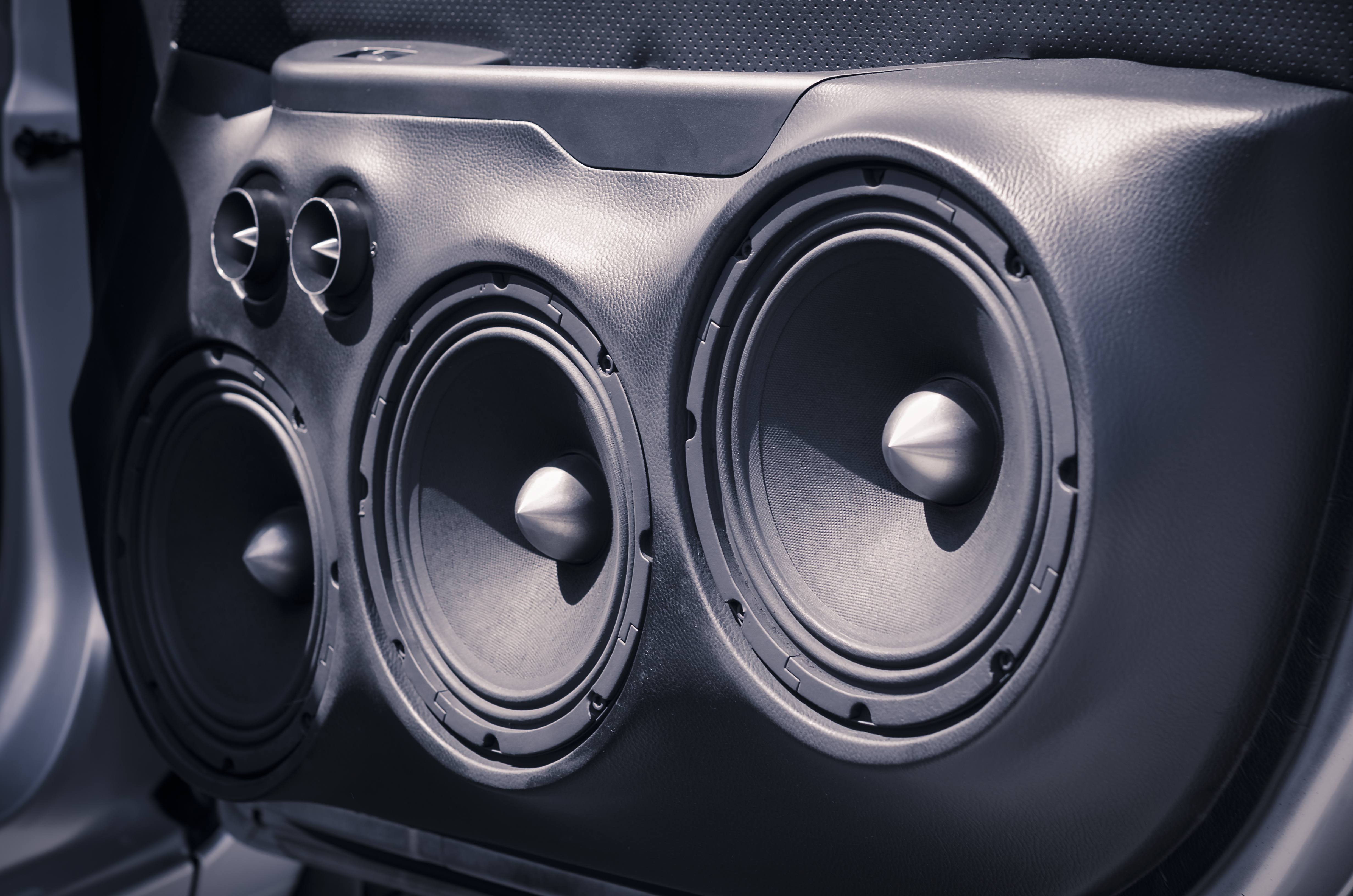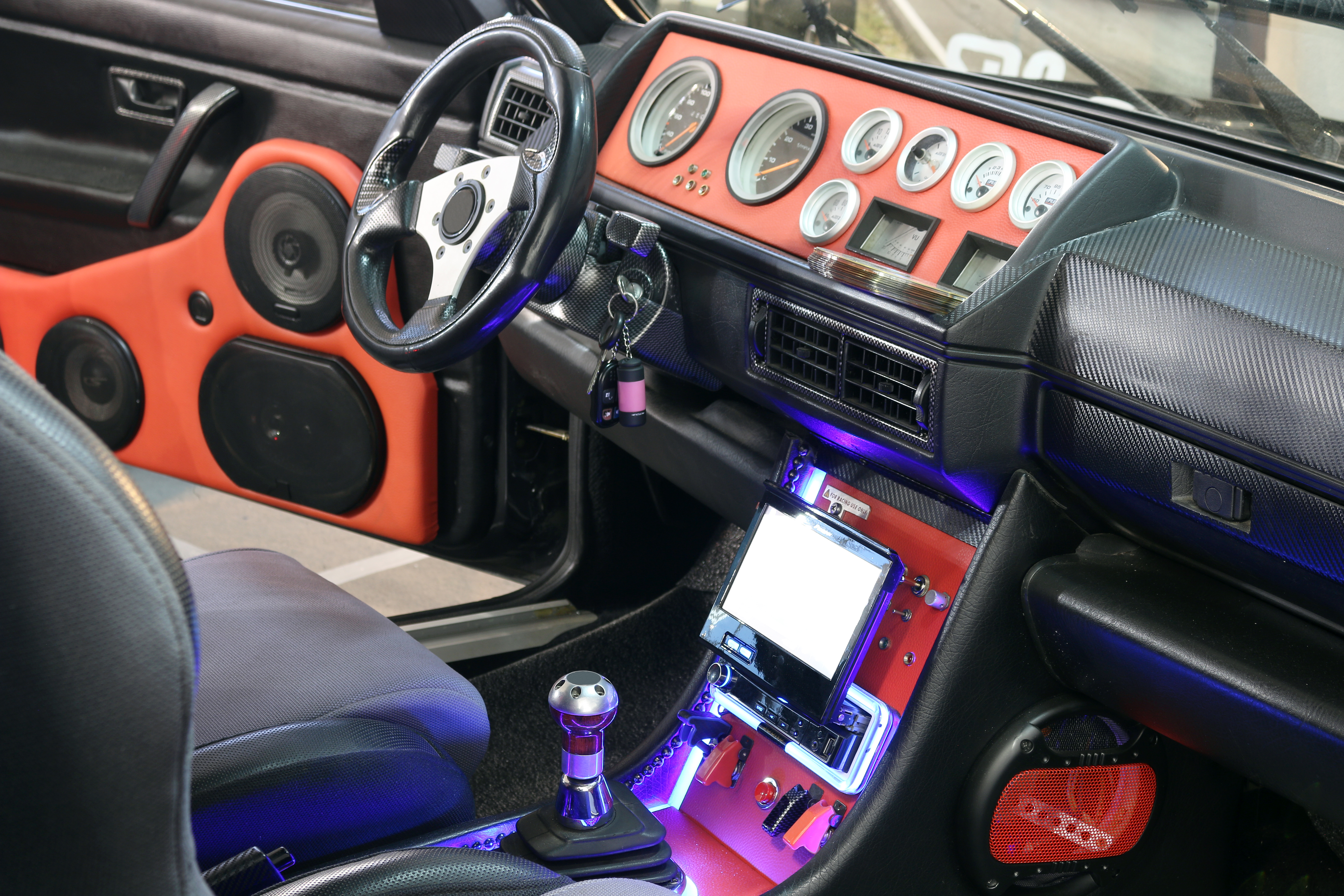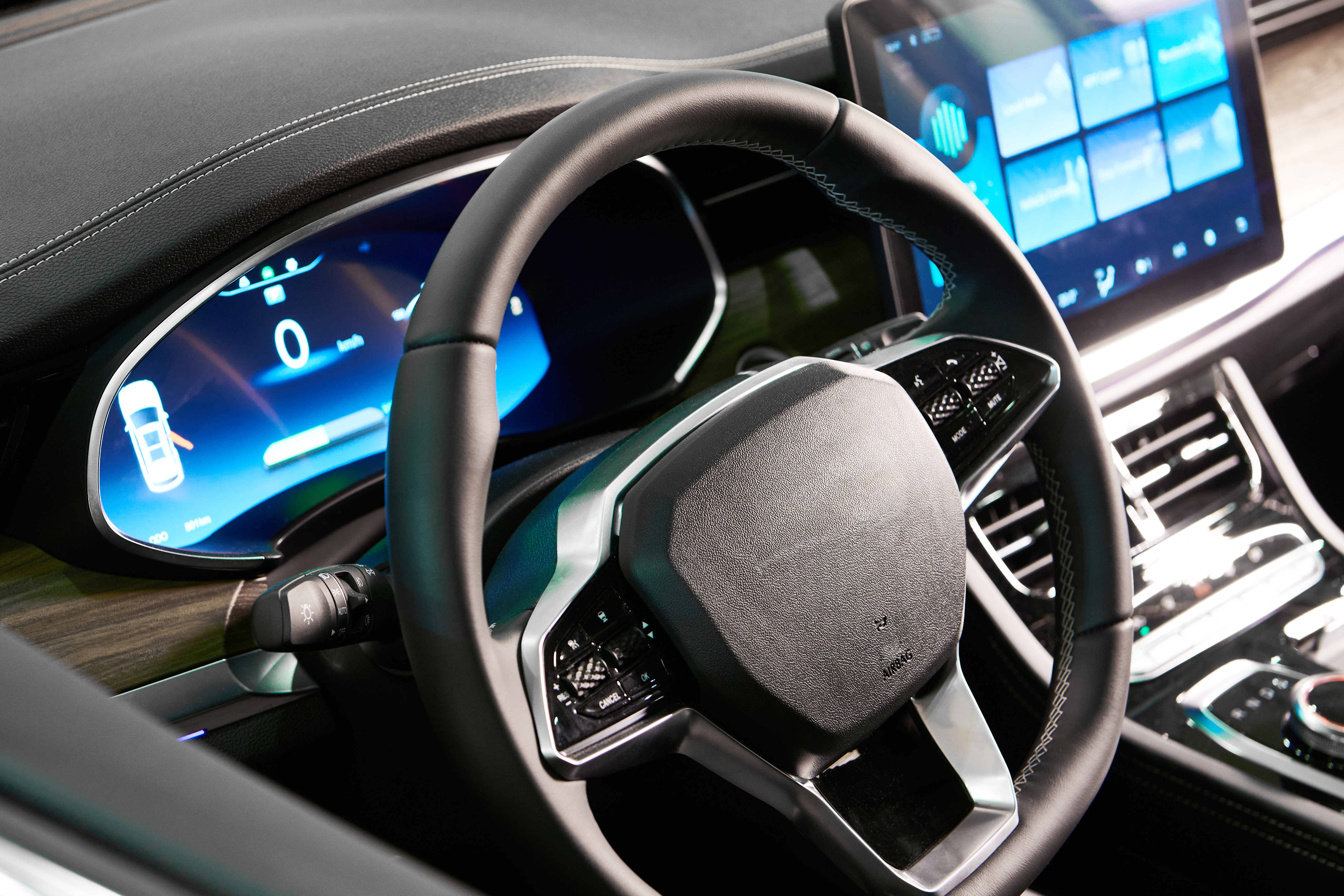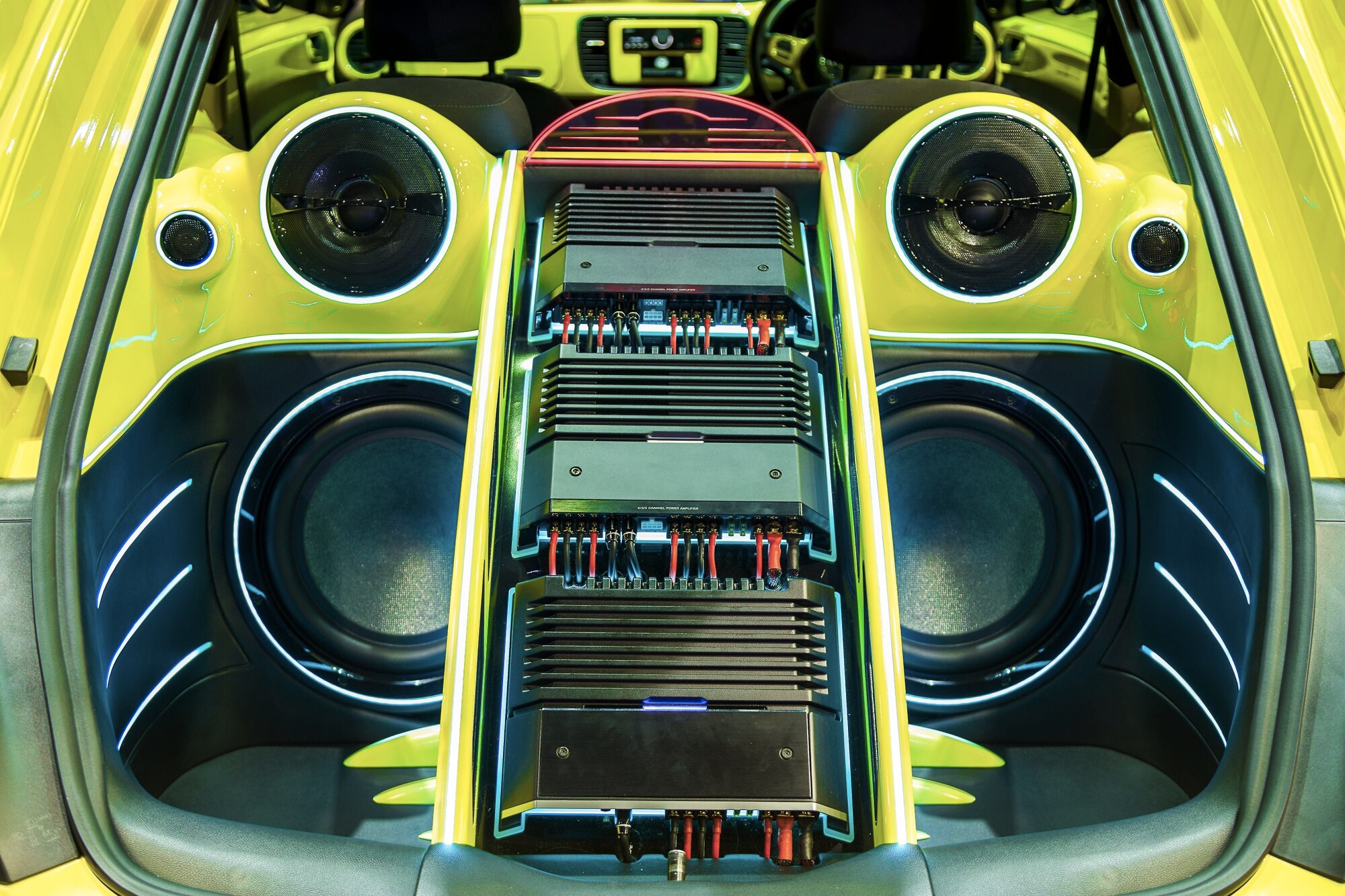Must-Have Car Audio Accessories for Music Lovers
Enhance Your Drive: Top Car Audio Accessories for Music Lovers
For music lovers who spend a significant amount of time on the road, transforming their car into a concert-like environment is a rewarding pursuit. The right car audio accessories can dramatically enhance sound quality, making every drive an auditory delight. From upgrading your car stereo to installing high-quality speakers and subwoofers, these enhancements can turn your daily commute into a thrilling musical adventure. In this post, we will explore a range of options that cater to audiophiles looking to upgrade their in-car listening experience. Prepare to immerse yourself in a world of superior sound that brings your favorite tunes to life like never before.
Coaxial vs. Component Speakers
Coaxial speakers are the most common type found in cars. They combine a woofer for low frequencies and a tweeter for high frequencies in a single unit. These speakers are easy to install and offer good sound quality for most listeners.
Component speakers, on the other hand, separate the woofer and tweeter into individual units. This allows for more precise placement and better sound quality. The separate crossover network helps direct the right frequencies to each speaker component.
For casual listeners, coaxial speakers might be sufficient. But if you’re after the best sound quality, component speakers are the way to go. They offer better clarity, wider soundstage, and more accurate sound reproduction.
Top Brands for Music Lovers
When it comes to car audio, certain brands stand out for their quality and performance. Here are some top picks for music lovers:
-
JL Audio: Known for their high-end speakers with excellent sound clarity and bass response.
-
Focal: A French brand that offers premium speakers with outstanding detail and accuracy.
-
Hertz: Italian-made speakers that provide a great balance of quality and value.
These brands offer a range of options to fit different budgets and preferences. It’s worth noting that the best brand for you will depend on your specific car, listening habits, and budget.
Remember, even the best speakers won’t sound great if they’re not properly installed and tuned. Consider professional installation for optimal results.
Amplifiers: Boost Your Audio
An amplifier can take your car audio system to the next level by providing more power and cleaner sound. Let’s look at how to choose the right amp and some installation tips.
Choosing the Right Amplifier
Selecting the right amplifier for your car audio system is crucial for achieving the best sound quality. The key is to match the amplifier’s power output with your speakers’ power handling capabilities.
First, consider the number of channels you need. A two-channel amp is sufficient for a pair of speakers, while a four-channel amp can power your front and rear speakers. If you’re adding a subwoofer, you might want a five-channel amp or a separate mono amp for the sub.
Next, look at the RMS power rating. This should match or slightly exceed your speakers’ power handling. For example, if your speakers are rated for 100 watts RMS, look for an amp that can deliver 100-150 watts RMS per channel.
Don’t forget about the amp’s class. Class D amps are efficient and compact, making them great for cars. Class AB amps offer excellent sound quality but are less efficient and larger.
Installation Tips for Beginners
Installing an amplifier can be a bit tricky, but with the right approach, it’s doable for beginners. Here are some tips to get you started:
-
Choose a suitable location for the amp. The trunk or under a seat are common spots.
-
Run a power cable from the battery to the amp location. Use a fuse near the battery for safety.
-
Connect the amp’s ground wire to a clean, unpainted metal surface in your car.
-
Run RCA cables from your head unit to the amp for the audio signal.
-
Connect speaker wires from the amp to your speakers.
Always disconnect the car battery before starting the installation. If you’re unsure about any step, it’s best to consult a professional to avoid damaging your car or audio equipment.
Subwoofers: Feel the Bass
A good subwoofer can add depth and richness to your music, letting you feel the bass in addition to hearing it. Let’s explore the types of subwoofers and how to place them for the best sound.
Types of Subwoofers
Subwoofers come in various types, each with its own advantages. The main types you’ll encounter are:
Component Subwoofers: These are individual speaker drivers that need to be mounted in a separate enclosure. They offer the most flexibility in terms of installation and sound customization.
Enclosed Subwoofers: These come pre-mounted in a box, ready to install. They’re a good option if you want a simpler setup, but you have less control over the sound characteristics.
Powered Subwoofers: These include both the subwoofer and amplifier in one unit. They’re compact and easy to install, making them great for smaller vehicles.
The size of the subwoofer also matters. Larger subs (12″ or 15″) can produce deeper bass, while smaller ones (8″ or 10″) are more suitable for tighter, punchier bass.
Placement for Optimal Sound
Where you place your subwoofer can significantly impact its performance. Here are some tips for optimal placement:
-
Trunk: This is a common location, especially for larger subwoofers. It provides good bass response but can sometimes sound disconnected from the rest of the audio.
-
Under the seat: A good option for smaller subs. It keeps the bass close to the listener but may lack the impact of larger setups.
-
Rear deck: This can provide a good balance of sound quality and practicality, but may not work in all vehicle types.
Experiment with different positions to find what sounds best in your car. Remember, the shape and size of your vehicle will affect how bass frequencies resonate.
Head Units: The Heart of Your System
The head unit, or car stereo, is the command center of your car audio system. It’s where you control your music and other audio functions. Let’s look at what features to consider and some popular models.
Features to Look For in a Car Stereo Upgrade
When upgrading your car stereo, there are several key features to consider:
Connectivity: Look for Bluetooth for hands-free calling and wireless music streaming. USB ports are great for charging devices and playing music files.
Smartphone Integration: Apple CarPlay and Android Auto allow you to use your phone’s apps through the stereo interface.
Sound Quality: Features like a built-in equalizer and time alignment can help you fine-tune your sound.
Expandability: Pre-amp outputs allow you to add amplifiers and subwoofers later. The more outputs, the more flexibility you have.
Display: A clear, bright display is important. Some units offer customizable colors to match your car’s interior.
Remember, the best features for you depend on how you use your car audio system. Think about your listening habits and what would make your driving experience more enjoyable.
Popular Models for Audiophiles
Here are some head units that are popular among audiophiles:
-
Pioneer NEX Series: Known for excellent sound quality and features like Apple CarPlay and Android Auto.
-
Alpine iLX-W650: Offers a slim design with a large touchscreen and powerful sound processing.
-
Kenwood Excelon Series: Provides high-quality audio components and extensive customization options.
These models offer a good balance of sound quality, features, and ease of use. However, the best choice will depend on your specific needs and budget.
Essential Accessories for Audiophiles
To get the most out of your car audio system, you’ll need more than just speakers and an amp. Let’s look at some essential accessories that can take your audio experience to the next level.
Sound Dampening Materials
Sound dampening materials are crucial for achieving the best possible audio quality in your car. They serve two main purposes:
-
Reducing outside noise: This helps you hear your music more clearly, especially at lower volumes.
-
Improving bass response: By reducing vibrations, these materials can make your bass sound tighter and more accurate.
Common sound dampening materials include:
-
Dynamat: A popular brand known for its effectiveness in reducing vibrations and noise.
-
Foam: Can be used to fill empty spaces and absorb sound waves.
-
Mass loaded vinyl: Excellent for blocking outside noise.
Installing these materials can be a DIY project, but it requires patience and attention to detail. Start with the doors, where your main speakers are located, and then move to other areas like the floor and trunk.
Wiring and Connectors for Optimal Performance
The quality of your wiring and connectors can significantly impact your system’s performance. Here’s what to consider:
Power Cable: Use a thick gauge wire for your amp’s power connection. The longer the run, the thicker the wire should be.
Speaker Wire: While not as critical as power wire, good quality speaker wire can make a difference. Look for oxygen-free copper (OFC) wire.
RCA Cables: These carry the audio signal from your head unit to your amp. High-quality, shielded cables can reduce noise and interference.
Connectors: Use gold-plated connectors where possible. They resist corrosion and provide better conductivity.
Remember, the weakest link in your system can limit overall performance. Don’t skimp on wiring and connectors if you’ve invested in high-quality components elsewhere.




